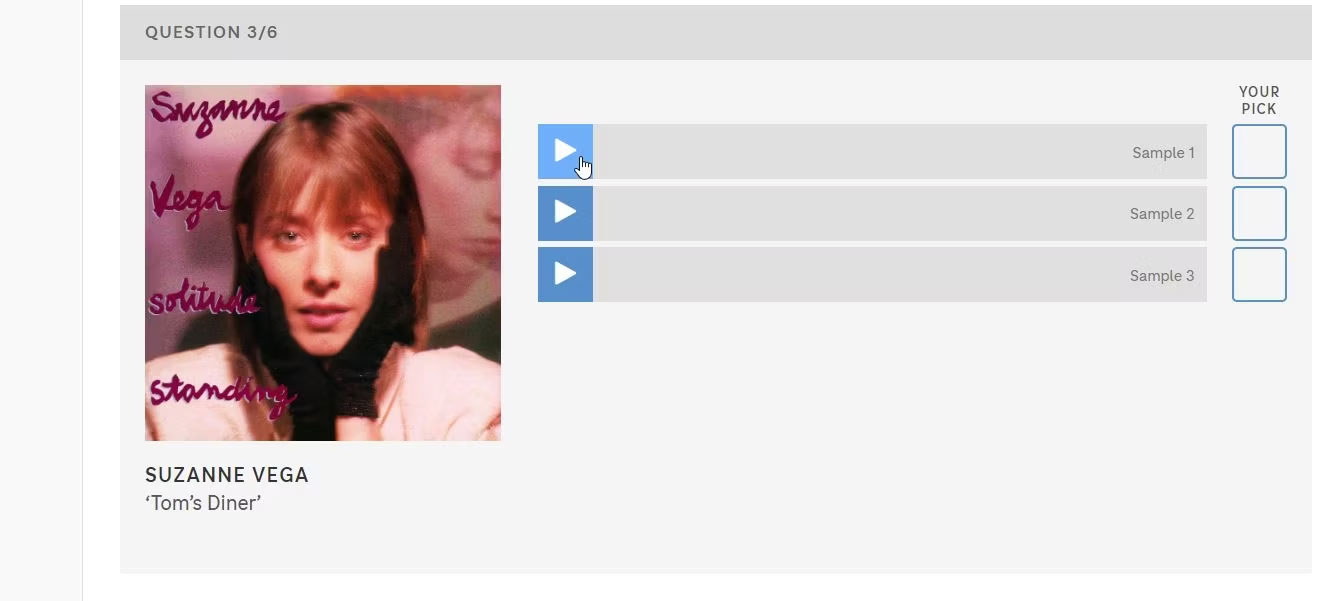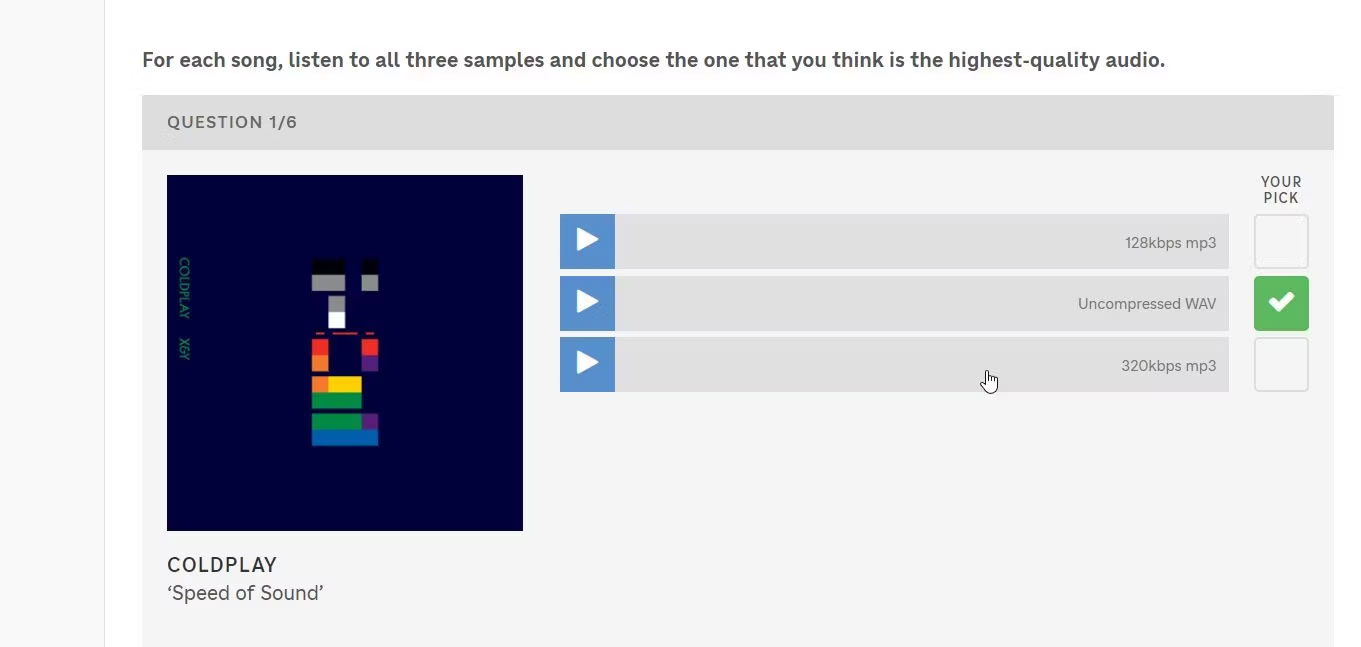Can you distinguish hi-res audio?
All songs sound the same, right? It's not that simple!
There was recently an online test to see if you can distinguish hi-res audio files from regular ones. Streaming services are offering high-quality audio and charging more for the privilege. Are they worth it? Let's find the answer through the following article!
Which source are you listening to?
The equipment you're listening to may be fairly modest, such as a regular Dell laptop and a pair of cheap wired Sony headphones. Many people always prefer wired headphones because they work well. All you need to do is plug them in and use them. This is the main audio device for many people when working or surfing the web. Even though I'm a big fan of vinyl records, many people's main source of music is still Spotify. This may not be audiophile quality, but it's what gets most people through the day.
Hi-res audio discrimination test
This quiz from NPR plays excerpts from songs across a variety of genres, from pop to classical. The songs seem to be randomly selected for each visit. You are asked to click on the song that sounds best to you and the tool will tell you whether you chose correctly or not. The 3 audio formats are MP3 128 kbps, MP3 320 kbps and uncompressed WAV.

You don't know what type of file you're listening to until you make a choice, so it's a fair comparison.
Sound test results
One song where the author attempted to distinguish uncompressed WAV was Suzanne Vega's a cappela song, Tom's Diner, the opening track on her 1987 album Solitude Standing. This is significant because this is the song that the original MP3 algorithm relied on to highlight the warmth of Vega's voice.
Jay-Z's Tom Ford is a song that the author guessed wrong. Hip-hop music can be more about bass than subtle nuances in sound quality. NPR mentioned that Jay-Z is an investor in Tidal, a streaming service for audiophiles.

One song the author guessed correctly was Coldplay's Speed of Sound, but relied on luck. You really have to strain your ears to hear the difference between an uncompressed Wav and a 320 kbps MP3.
Neil Young also marketed his own portable audiophile music player through Pono and he is also represented in this test through the track There's A World, from the album Harvest. This track is a change from Young's folk-rock style as he is backed by an orchestra. This song is also pre-installed on Pono music players.
One impressive thing about this test is that while it's easy to detect low bitrate MP3 files, it's harder to choose between higher bitrate MP3 files and uncompressed WAV files. . It would probably be easier to tell the difference if you used a real stereo amplifier, rather than a cheap wired headset plugged into your laptop.
On the other hand, this could be a testament to how well modern audio compression algorithms, even lossy ones like MP3, are designed. It takes close attention to tell the difference between a well-recorded track or an MP3 from CD, as long as the bitrate is high enough.
Is high-resolution audio worth the price?
The lesson is that if you're an average listener on a normal device, you may not be able to hear the difference between regular audio and audiophile hi-res digital audio. However, Spotify's higher quality streaming plans or high-res audio streaming services like Tidal or Qobuz seem worth the investment, especially if you're someone who really enjoys listening to music.
Even on basic devices, higher bitrate and quality sound are always different from lower bitrate MP3 files.
You should read it
- The three mistakes that startups make often follow Randi Zuckerberg - his sister Mark Zuckerberg
- Chrome OS: Google goes deep into Microsoft territory
- Invite Assassin's Creed: Unity, AAA blockbuster game to be free on Uplay
- The basic way to uninstall programs, delete software on Android phones
- The mini Mac will be produced in the US
- Glusterfs and Ceph - Who is the winner in the file storage war?
 Instructions on how to open when Print title in Excel is locked
Instructions on how to open when Print title in Excel is locked Instructions for downloading and installing Xiaomi Game Turbo 5.0
Instructions for downloading and installing Xiaomi Game Turbo 5.0 6 important tips when buying a new webcam
6 important tips when buying a new webcam LimeWire reappears as an AI image creation tool
LimeWire reappears as an AI image creation tool Why should you buy iPad Pro M4 instead of Surface Pro?
Why should you buy iPad Pro M4 instead of Surface Pro? What is a VTT file?
What is a VTT file?